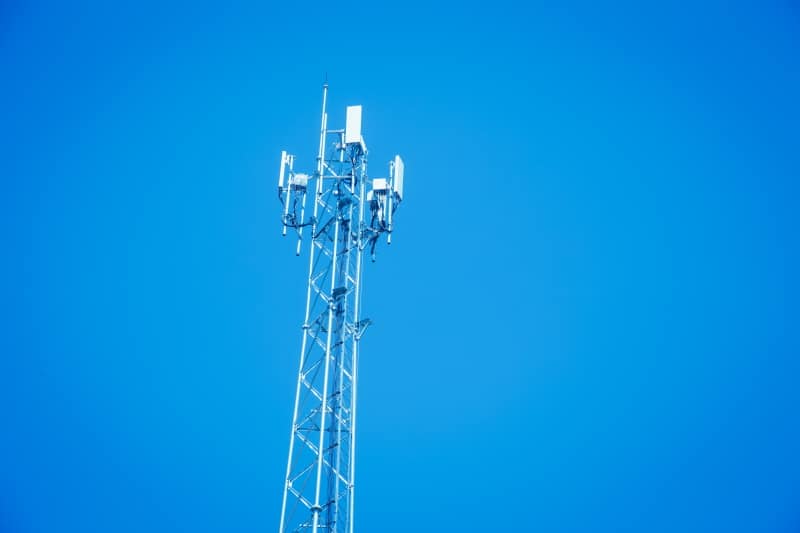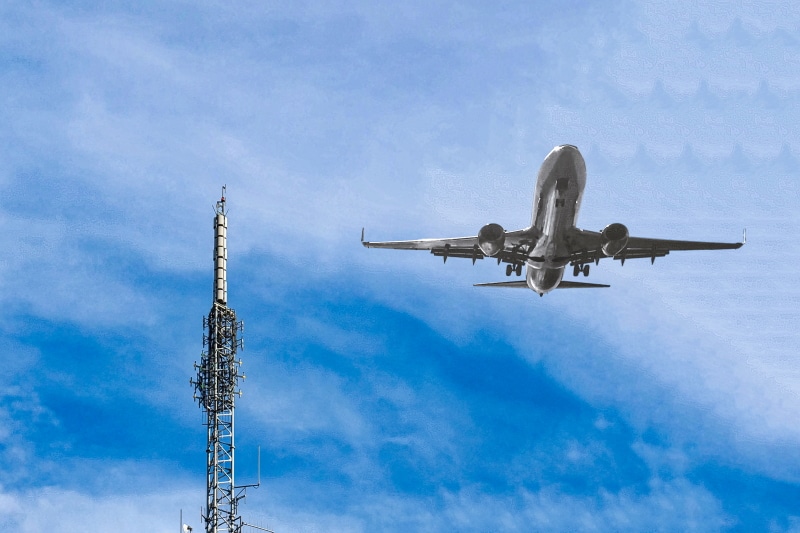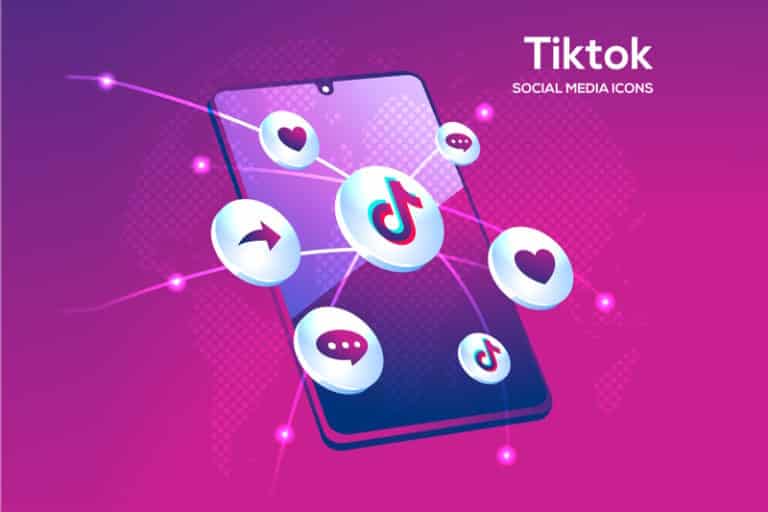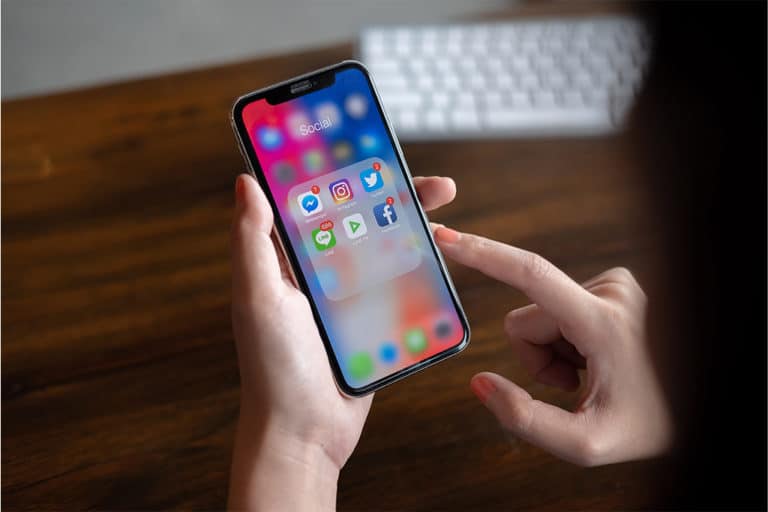The enormous promise of 5G technology to improve our daily communications and revolutionize global connectivity places it in a completely different category than previous cellular technologies. This may sound like absurd marketing jargon, but it is true!
For many years, mobile network service providers sold their services primarily based on the capabilities they provided. Pre-5G technologies such as GSM, 3G, and 4G/LTE were virtually identical regardless of the carrier or location.
Before 5G, your performance varied based on your distance from the cell tower of your service provider. Nonetheless, that was the only significant variable. The 4G/LTE and 3G services utilized frequencies from the same broad spectrum. Consequently, the variation in the quality of your connection across carriers largely depended on how many towers each had constructed in your neighborhood.
This has altered substantially with 5G, as 5G services operate across a vastly expanded range of radio frequencies. To gain an advantage over their competitors, carriers have fought for the most valuable electromagnetic real estate in recent years.
Origins of 5G Ultra-Wideband
This game of one-upmanship has pushed carriers to adopt fancy marketing names to persuade customers that their 5G network is superior. AT&T attempted to get a jump start on its 5G branding by unveiling its deceptive “5G Evolution” network, which was a rebranding of the same enhanced LTE technology offered by other providers. Despite what your smartphone may indicate, a “5G E” indicator does not indicate that you are connected to a 5G network.
Fortunately, 5G E was an exception. However, it allowed carriers to realize they could offer distinctive branding for their 5G services and customize the 5G phone symbol to inform users when they had superior 5G service.
Verizon was the first major carrier to implement this strategy. Extremely high frequency (EHF) and extremely short-range millimeter wave (mmWave) spectrum were utilized by its inaugural 5G network. Verizon launched this in a few big urban areas, but the lack of coverage prevented 99 percent of its customers from ever seeing a 5G indicator.
This changed in 2020 when Apple welcomed the CEO of Verizon to its iPhone 12 launch event. Verizon took advantage of the launch of Apple’s first 5G-capable iPhone to introduce its new 5G Nationwide network, delivering 5G service to many more of its customers.
However, the 5G nationwide network was constructed using sub-6GHz low-band frequency. This meant that it was 1,000 times slower than Verizon’s superfast mmWave network. To identify these two very distinct classes of 5G service, Verizon coined the term 5G Ultra Wideband for its far faster mmWave service.
Ultra-wideband vs. 5G Ultra-Wideband
5G Ultra Wideband is, to be clear, a marketing term utilized by Verizon. It has nothing to do with ultra-wideband (UWB) radio technology, which is utilized by Apple’s AirTag and Samsung’s Galaxy SmartTag.
This is a significant distinction, as numerous smartphones contain ultra-wideband radios. These have nothing to do with 5G and do not indicate that the phone is 5G-capable. For example, Apple launched UWB with the iPhone 11 in 2019, but 5G wasn’t added until the iPhone 12 a year later. Neither AirTags nor SmartTags communicates over a 5G network.
Ultra-wideband, by definition, is a radio technology that employs a large spectrum of frequencies (wideband) but works at a very low power level over a small range – significantly shorter than even the worst mmWave transceivers. This makes it excellent for the precise tracking afforded by airbags as well as highly accurate interior mapping. In applications such as digital car keys, it is also an effective substitute for Near Field Communications (NFC) technology.
This is not at all what 5G Ultra Wideband is; Verizon chose this name apparently because it sounded cool while promoting its fastest 5G services.
What is the 5G Ultra-Wideband, then?
Verizon’s 5G Ultra Wideband is the carrier’s fastest and highest capacity 5G service, despite the confusing moniker. If you’re a Verizon user, you’ll recognize when you’re on this network by a 5G icon with additional characters such as “UW” and “UWB.”
Results of a speed test on a Samsung Galaxy S22 Ultra.

Originally, this only applied to Verizon’s mmWave network. Getting the “5G UW” indicator to appear in those days was like panning for gold. Even in cities where Verizon offered 5G Ultra Wideband service, it was often confined to the city center because of the extremely short range of mmWave frequencies. Even if you were able to locate 5G UW coverage, it was easy to lose it because a single mmWave transceiver doesn’t span more than a couple city blocks.
In the meantime, Verizon users who were unable to activate the coveted 5G UW icon were left on the carrier’s 5G Nationwide network, which utilized the same low-band spectrum as its 4G/LTE service and delivered comparable performance.
The C-band
The situation improved for Verizon and its customers when the firm was finally able to deploy its new midrange spectrum. Verizon turned on the new spectrum in January after spending $45 billion in a Federal Communications Commission (FCC) auction to acquire a portion of C-band frequencies (and months of battling with the aviation industry).
This additional frequency was incorporated into the carrier’s 5G Ultra Wideband network. Many more customers began to see the “5G UW” emblem on their smartphones, and this was no mere marketing ploy; they also began to experience true 5G speeds.
Specifically, Verizon stated that its C-band deployment enabled its 5G Ultra Wideband network to grow to cover over 100 million people in over 1,700 cities. It is the most thorough and ambitious midrange spectrum rollout to date. AT&T, a competitor that lost $23 billion in the same auction, has adopted a more conservative strategy, focusing on fewer than a dozen areas.

This spectrum has become the 5G sweet spot because it provides the optimal blend of range and performance. Low-band frequencies go further, which is why Verizon continues to utilize this spectrum for its 5G Nationwide network, although they cannot transport as much data. In addition, they must share the airwaves with older 4G/LTE services, which further slows things down.
mmWave, on the other hand, offers incredible download speeds and the capacity to support hundreds of devices, but its range is abysmal. This makes mmWave ideal for densely populated regions such as stadiums and airports, but as Verizon discovered the hard way, it is not ideal as the cornerstone of a 5G network.
A competitive landscape
Verizon is in a strong position to continue creating and advertising its 5G Ultra Wideband network due to its recent C-band rollouts, but it still has its job cut out for it.
T-5G Mobile’s implementation received a significant head start because it did not have to wait for the C-band auction. As a result of its 2019 merger with Sprint, the Uncarrier gained a good piece of 2.5GHz land. It swiftly began removing the older 4G/LTE Sprint towers to free up the spectrum for its 5G rollouts.
This is what T-Mobile refers to as its 5G Ultra Capacity network, and it has lately begun providing consumers with a “5G UC” indicator to indicate when they are utilizing it. Before Verizon could even turn on its first C-band tower, the 5G Ultra Capacity network has already covered over 200 million Americans.
AT&T has been slower to utilize the new C-band spectrum, but it is evident that the company is playing the long game. AT&T has mmWave coverage in densely crowded locations such as stadiums and parks, which it refers to as its 5G Plus (5G+) network. This year, eight cities where the company launched C-band service were added to this network. The majority of AT&T users, however, will not yet see a 5G+ indicator on their phones.

Verizon risked everything to acquire the most disputed spectrum on the market, and as a result, it has encountered difficulties. At least 50 U.S. airports, for example, have been defined as exclusion zones where Verizon’s 5G Ultra Wideband network will not be accessible due to the possibility of interference with flight instruments.
AT&T adopted a more conservative stance, hedging its chances to acquire a less problematic midrange spectrum in the following auction. It aims to begin deploying this spectrum later this year, and like T-Mobile, it will be able to operate it in areas where Verizon’s 5G Ultra Wideband branding is prohibited.














